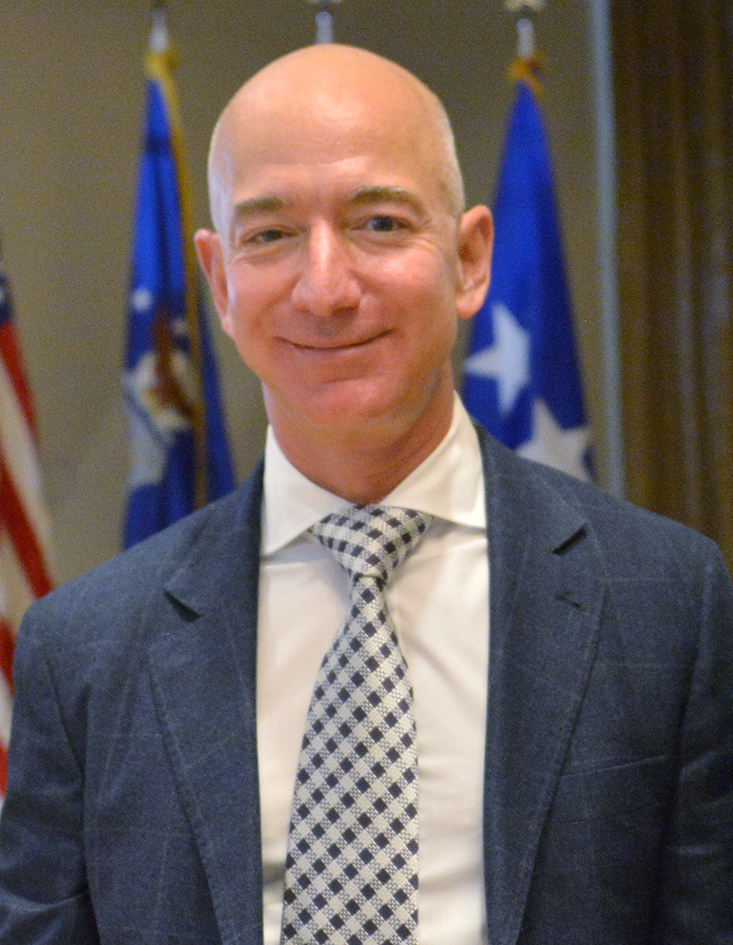
AMAZON FACES SIMILAR OUTCOME
Posted August 10th, 2024 at 4:03 pmNo Comments Yet

FEDERAL TRADE COMMISSION ALLEGES AMAZON TO BE A BIG GIANT MONOPOLY
By PETER THOMAS BUSCH
Amazon.co, Inc faces a similar fate as Google LLC.
The Federal Trade Commission (FTC) alleges that the on-line superstore retailer has violated free market competition rules by having monopoly power and by taking specific steps to maintain monopoly power and/or price fix.
In Federal Trade Commission et al v. Amazon.com, Inc, 2:23-cv-01495, (Originally filed 11/02/2023, Amended 03/14/2024) the FTC joined with 17 State Attorney Generals in claiming equitable relief for the on-line retailer’s alleged violations of Section 5 (a) of the Federal Trade Commission Act (1914) and Section 2 of the Sherman Act (1890).
The United States District Court for the Western District of Washington has jurisdiction because Amazon has headquarters in Washington State, has contracts with the United States Government and operates business practices within the state.
Amazon allegedly has a monopoly of on-line sales transactions and allegedly then also takes steps to maintain that monopoly.
Sellers of products must not only use Amazon to reach the broad base of consumers in the United States, but sellers must also advertise to have their products reach the attention of on-line consumers.
Amazon’s on-line ‘superstore’ is a honeycomb of sellers and shoppers with Amazon also selling their own products. Sellers compete best if they use Amazon’s fulfilment centers because of certain pricing structures enforced by Amazon through Prime Membership shopping.
The FTC alleges that sellers would sell more at better margins if the sellers had access to multiple on-line storefronts to sell products. Sellers could then use more competitively priced fulfillment centers.
However, Amazon has allegedly closed off competitors from entering the market, because of the better margins available to such a large scale on-line operation.
Sellers who choose not to use Amazon then face lower profit margins because Amazon trolls the Internet undercutting lower priced vendors.
The seller sells less with a lower rate of return in competition with Amazon. And if the seller exclusively uses Amazon, the on-line giant takes as much as 50% of the revenue from sales.
The FTC also alleges that Amazon controls prices by punishing discounters selling on other on-line stores. Discounters who also use Amazon are prohibited from using Amazon’s ‘Buy Box’ where 98% of on-line sales occur.
Consumers also pay higher prices because of an algorithm that Amazon has developed that deters lower prices elsewhere. Amazon matches on-line prices thereby reducing competitors’ margins.
The FTC alleges that a second algorithm, Project Nessie, operates secretively to artificially drive up prices for consumers. The algorithm identifies products for which Amazon can set the price and for which other sellers will follow Amazon’s pricing lead.
For the anti-trust claim to succeed, the court must first find that Amazon has monopolistic control of the market, and second, that Amazon has taken direct steps to maintain this monopoly, resulting in fewer competitors in the on-line storefront business and/or higher prices for consumers.
Amazon.com, Inc. is one of the world’s five largest publicly traded companies. Founded by Executive Chairman Jeff Bezos, in 1994, the company was originally an on-line book seller. Amazon has since acquired over 100 companies and expanded operations to include on-line retail, media/film production, cloud computing and brick-and-mortar grocery stores.
Amazon had 560,000 active sellers marketing 92 million unique products in 2020.
